Anglers Booking Team
The expert copywriters at Anglers Booking have meticulously crafted this article. Our dedicated team of writers provides valuable insights and information to enhance your angling experience.
 10 minutes read
10 minutes readFor many anglers, catfishing is not just a hobby, but a thrilling adventure. The sheer size and strength of Catfish make them a formidable opponent, adding an exciting challenge to the sport. And the key to this exhilarating experience? Choosing the right bait.

This article deals with that. In addition, we will analyze other aspects of Catfish hunting, such as Catfish behavior, and discover their favorite habitats. The main focus is on the best live and artificial bait used.
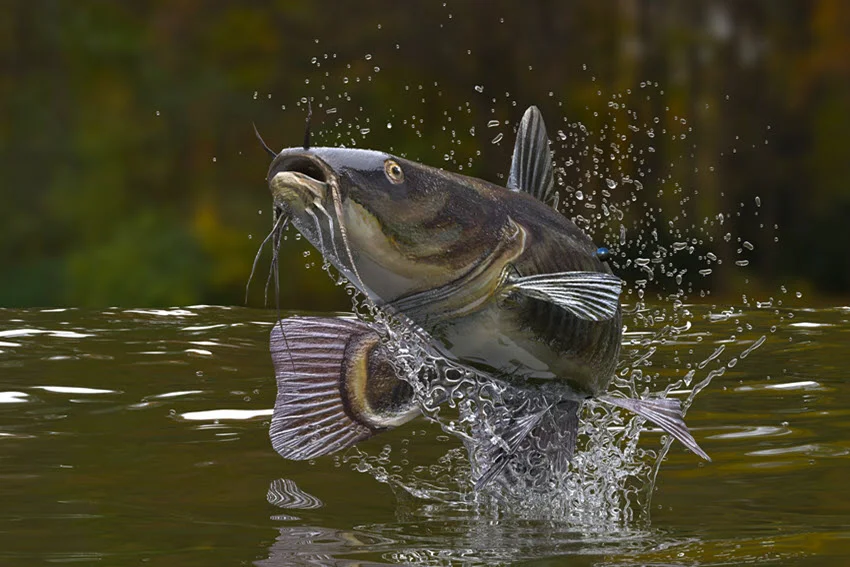
Embarking on a successful catfishing expedition begins with a crucial step-understanding the behavior of these elusive creatures. Once you've unlocked this knowledge, you're already halfway to a successful catch, feeling empowered and in control of your fishing experience.
Catfish are most abundant in freshwater environments. These are lakes, rivers, and ponds. There are several types of Catfish. The most common species are Channel Catfish, Blue Catfish, and Flathead Catfish. All those species have a lot of similarities.
At the same time, each species has unique characteristics. Catfish are known for their strong sense of smell and taste. They are the bottom ones. They search the bottom for food. Understanding their diet is essential for successful hunting.
Catfish inhabit freshwater environments. Their behavior can vary depending on the water in which they live. The season of mushrooms and weather conditions are also factors that influence their behavior. Let us explore these aspects in detail.
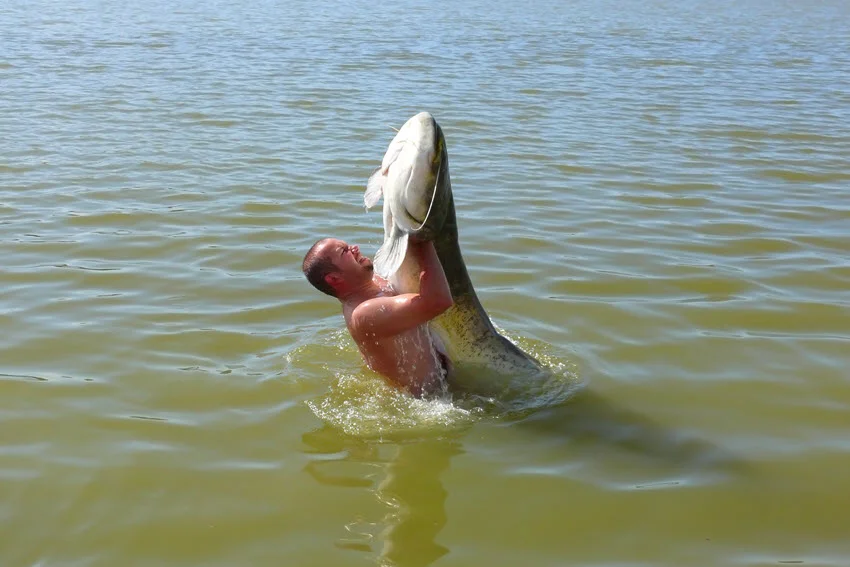
Catfish are often found in lakes and ponds. They prefer areas with lots of cover, such as submerged structures and fallen trees. These environments provide ideal hiding places for Catfish.
Catfish usually stay near the bottom during the day, becoming more active at night. Then, they come out to feed. In the spring, they are often found in shallower waters, where the warmer temperatures are ideal for their activity.
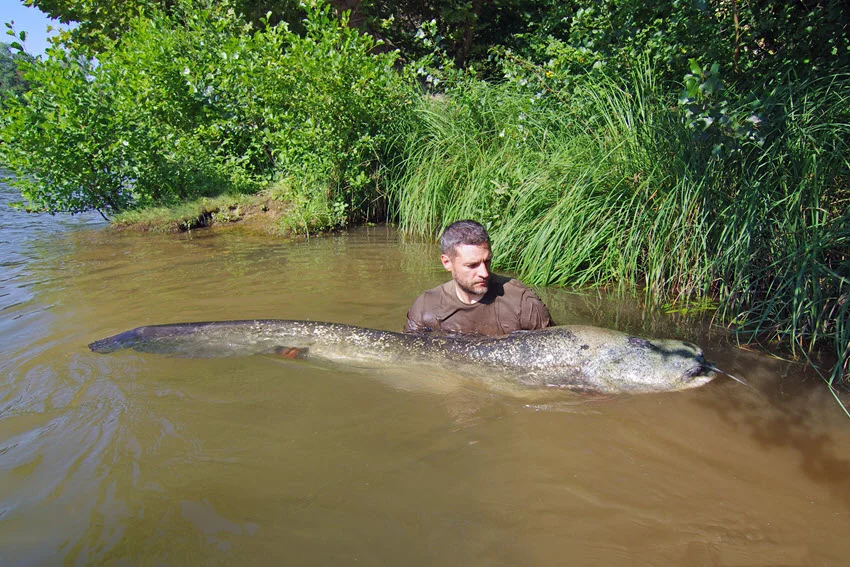
Catfish thrive in rivers and streams, which offer higher levels of water flow. They prefer areas with a mix of slower and faster currents.
In rivers and streams, Catfish position themselves in slower sections. They seek shelter near submerged trees and rocks, which help them hide from the current. In the faster parts of the water, Catfish are more active. They are often found near the rocky bottom, where they can find food.
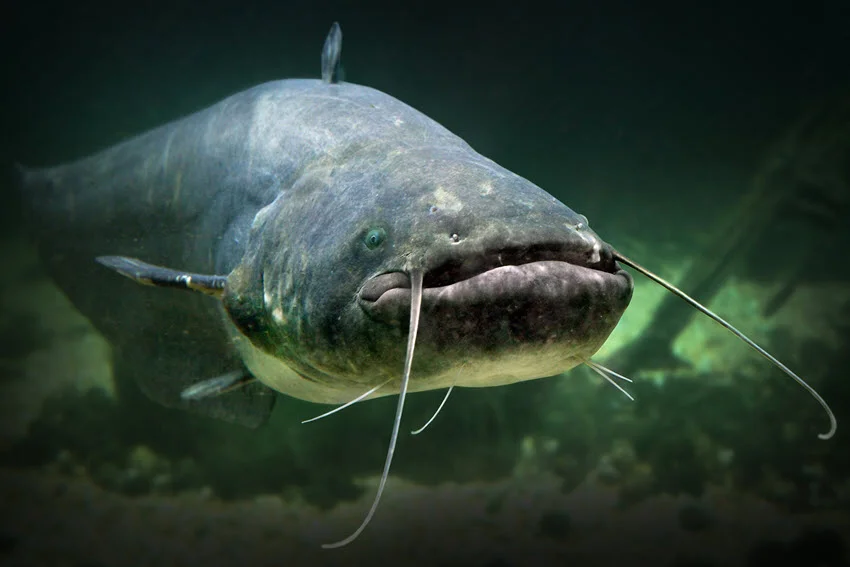
Catfish behavior changes with the seasons, so we've described their behavior in all seasons below.
Catfish are most active during spring, which is the best period for fishing. They are very aggressive and are located near the coast during this time. Specifically, early spring, when the water temperature is around 50-60°F, is an excellent time to catch Catfish.
During the summer months, Catfish retreat to deeper, cooler waters. The best time to fish is early in the morning. Also, late at night can be the time for successful fishing. In the middle of the day, when the heat is at its hottest, you will have little success.
In autumn, Catfish become more active again. They feed intensively. This is how they prepare for winter. You can find them in both shallow and deep water.
Catfish are less active in winter. They retreat to deeper waters and are more challenging to catch. Winter is not a period when you can expect a large catch of this fish.
Anglers prefer live bait. The main reason they are their favorite choice is their efficiency. Fishing with live baits attract Catfish with their natural scent. Here are some of the best natural bait choices for Catfish.

The Nightcrawler is a classic bait for Catfish. It is easy to find, and its natural scent and movement make it irresistible to Catfish. Secure the worm with a basic hook. The nightcrawler can be used in various fishing techniques, most often fishing from the bottom and with a float.
Catfish love Nightcrawlers, which is why they are an ideal choice for anglers of all experience levels. They are easy to install. Just thread the Nightcrawler onto the base hook, making sure it stays firmly attached. Using Nightcrawler as bait increases the chances of a successful catch.
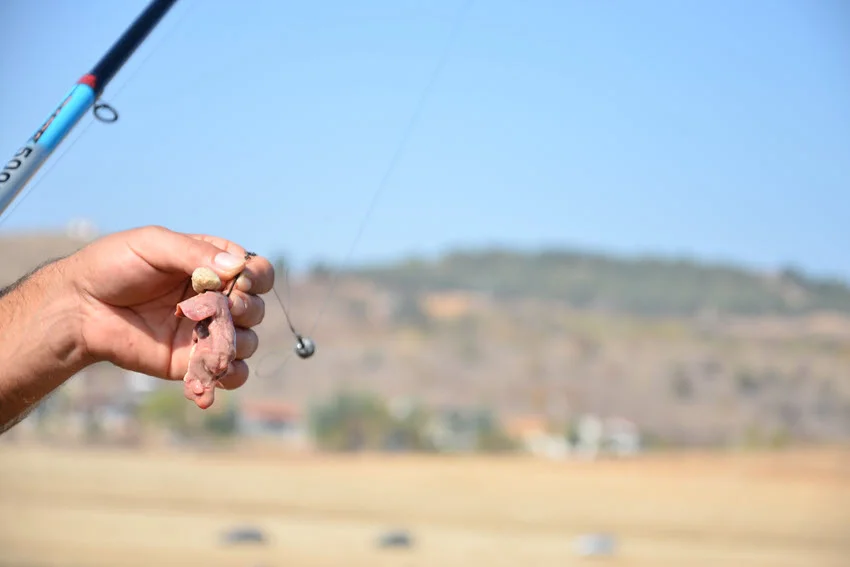
Chicken liver is a popular bait for Catfish. Its strong scent attracts Cats from a distance. It is especially effective for Channel Cats. Secure the chicken liver with a treble hook. Wrap it in mesh to keep it on the hook longer.
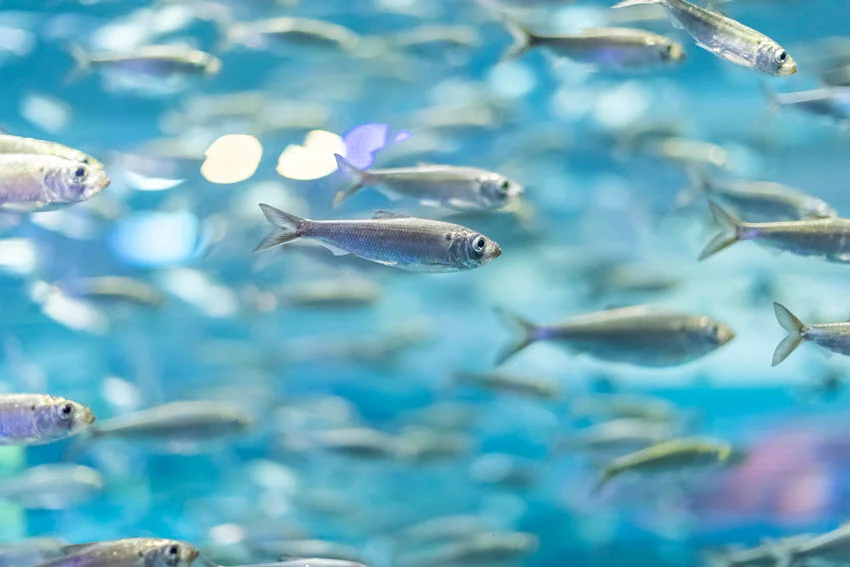
Shad are small fish. They are a natural part of the Catfish's diet. They can be used as live bait or cut bait. Live shad provides realistic movement and scent, while cut shad releases more scent into the water. Use shad in areas where Catfish are known to feed.
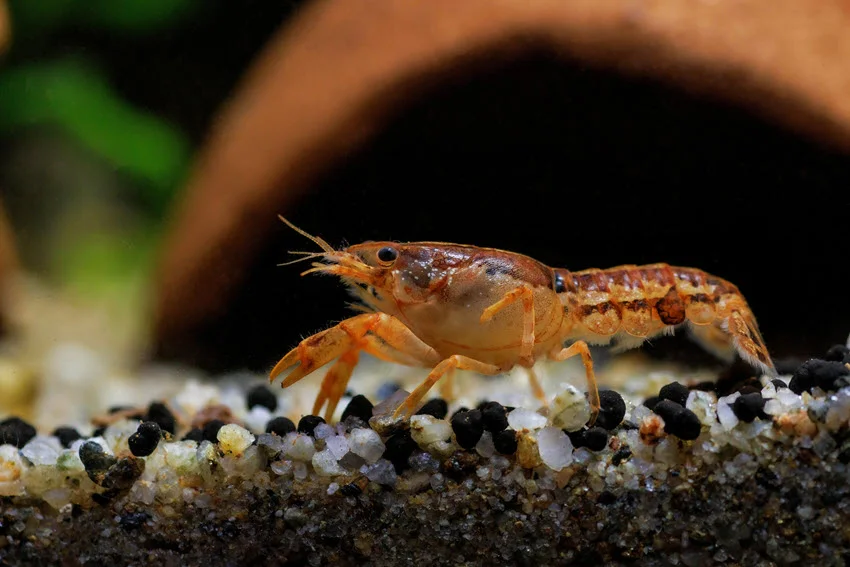
Crayfish are found in many freshwater environments. They are a natural prey for Catfish. Crayfish are rich in protein, so they are a substantial meal for Catfish. Use a rig that mimics the movements of a live crayfish. They are particularly effective near rocky areas.
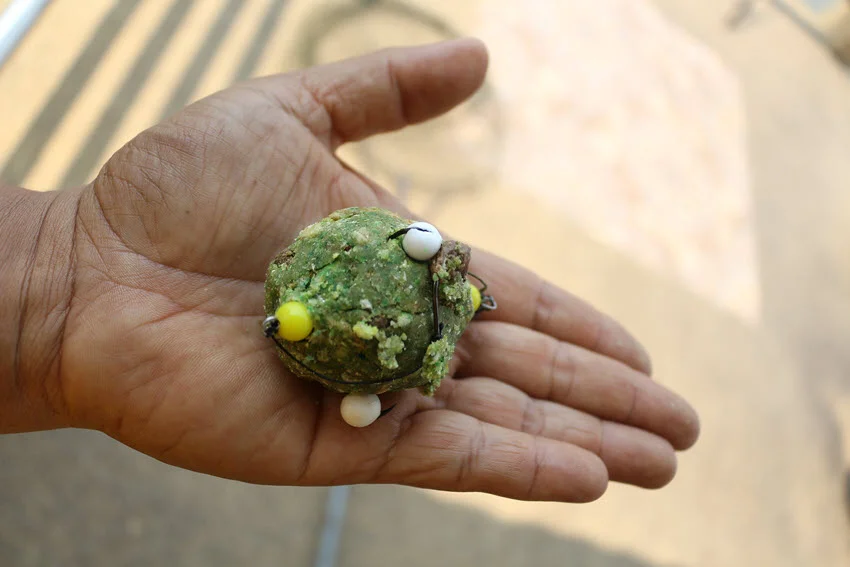
Stink baits are excellent at attracting Catfish. They have a strong odor that Catfish find appealing. Stink baits come in various forms. The most common are dough balls and dip baits. Use a sponge or bait holder to keep the bait on the hook. They are effective in murky waters. In such waters, Catfish rely on their sense of smell.
Live baits are not always available. Artificial baits are a good alternative in these situations. They come in many forms, in different sizes and colors. Their design imitates the natural prey of Catfish. Here are some of the best options.
![]()
Soft plastic baits come in various shapes and sizes. They are designed to mimic worms, crayfish, and other prey. Their lifelike movements attract Catfish. Use a slow retrieve to imitate an actual worm. Soft plastic baits can be rigged in several ways.
The Texas rig, which involves a bullet-shaped weight threaded onto the line first, followed by a hook, and the Carolina rig, which uses a sliding weight above a swivel that stops at a bead, are among the most popular and effective ways to rig these baits.
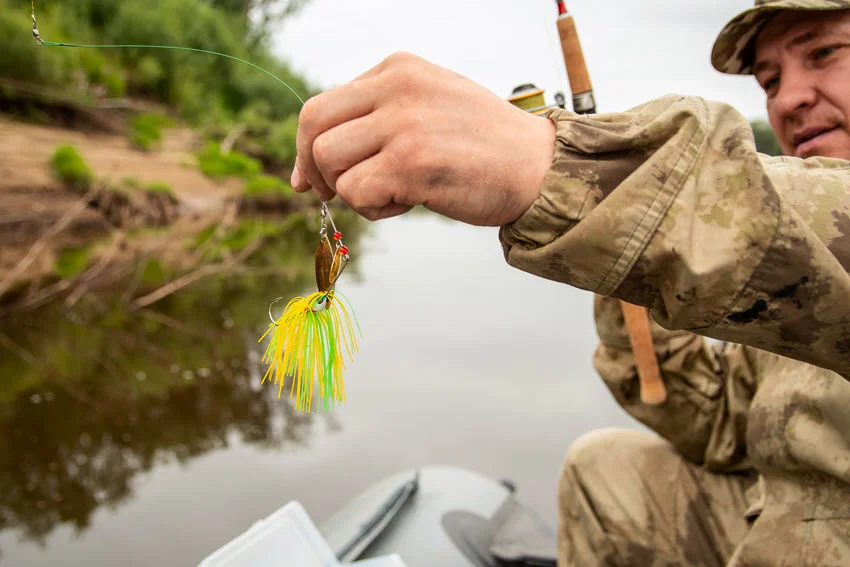
Spinnerbaits have rotating blades that create vibrations and flashes. They mimic small fish. Spinnerbaits attract Catfish by sight and sound. The combination of movement, vibration, and flash imitates fleeing prey. Spinnerbaits are effective in various water conditions and can cover a large area of water.
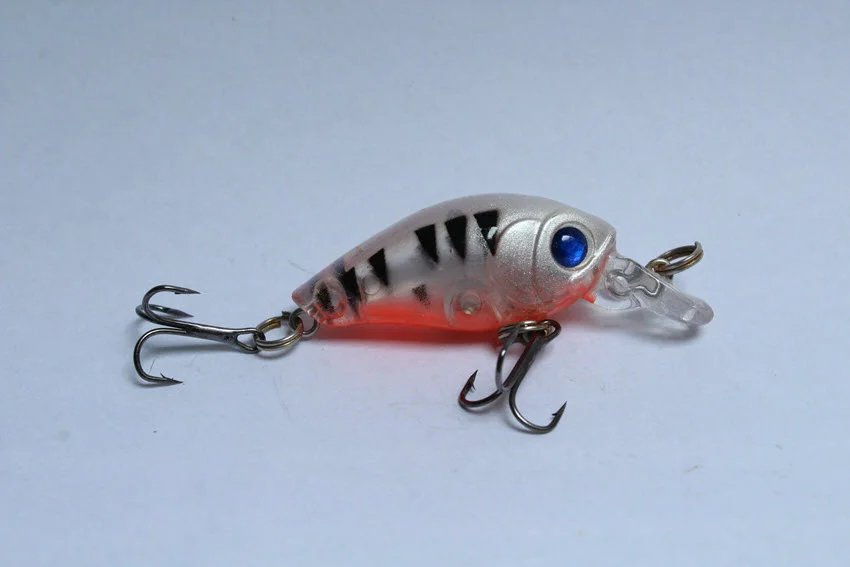
Crankbaits are hard-bodied lures that imitate small fish. They come in different shapes. Each of these shapes is designed to dive to various depths. They are great for searching for active Catfish. Use shallow-diving crankbaits in shallow water; deep-diving crankbaits are most effective in deeper water.
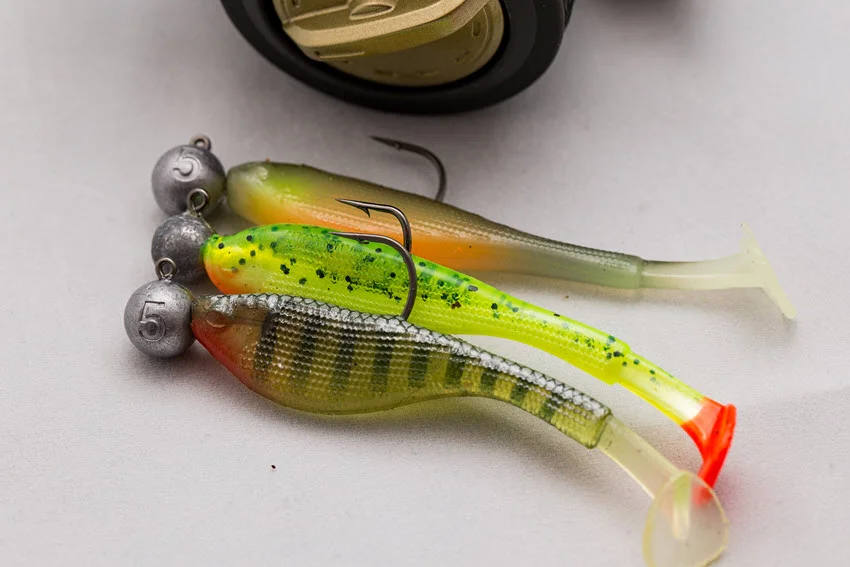
Jigs are versatile lures and can be used with different soft plastic attachments. They mimic various types of prey. Jigs are effective for Channel Catfish and Blue Catfish. They can be slowly dragged along the bottom, imitating bottom-dwelling creatures. Use jigs with a soft plastic attachment. Experiment with different weights and colors. This way, you will discover what works best.
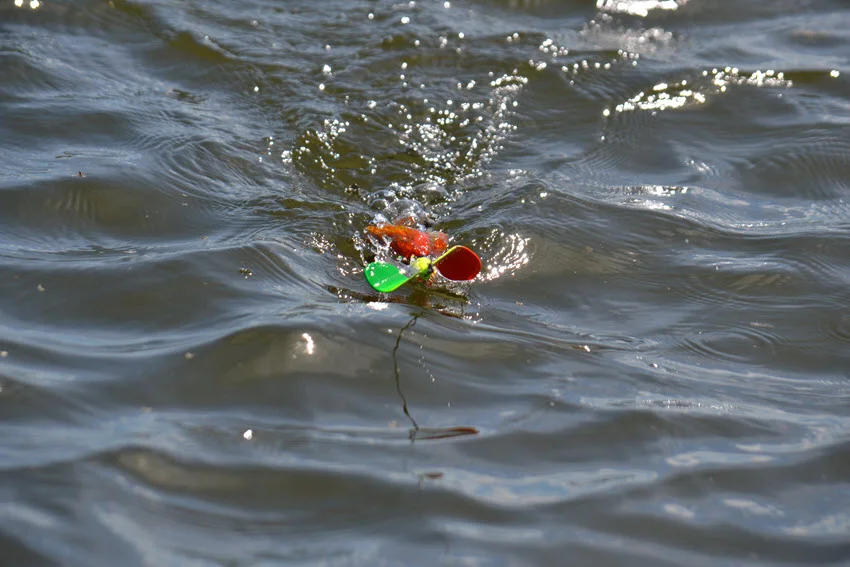
Topwater lures are designed to float on the surface of the water. They create a disturbance that attracts Catfish. They come in various forms. Poppers and frogs are the most popular. Topwater lures generate visual and auditory signals. These signals provoke Catfish strikes.
Use topwater lures early in the morning or late at night. They are effective in calm waters. Also, you could have success in placing around structures.
Here are some expert tips to enhance your catfishing experience.
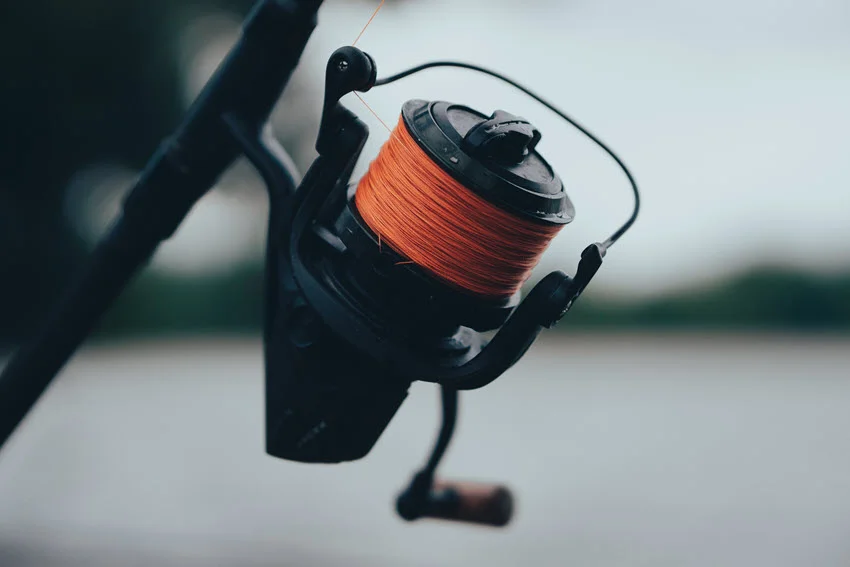
Quality equipment is crucial for successful Catfish fishing. Here are some tailored recommendations:
Rod and Reel: Opt for a heavy-action rod with a robust and reliable reel. Catfish can grow quite large, so your gear needs to handle their strength and weight effectively. Choose a reel with a high line capacity and smooth drag system.
Fishing Line: Use a strong braided line. It offers superior strength and sensitivity compared to monofilament, allowing you to detect subtle bites and withstand the powerful runs of a Catfish.
Hooks: Circle hooks are highly recommended for Catfish. They are designed to hook the fish in the mouth's corner, reducing injury and making catch-and-release easier. They also help improve hook-ups by ensuring a better hook set.
Quality and correct equipment is a big step towards success in fishing.
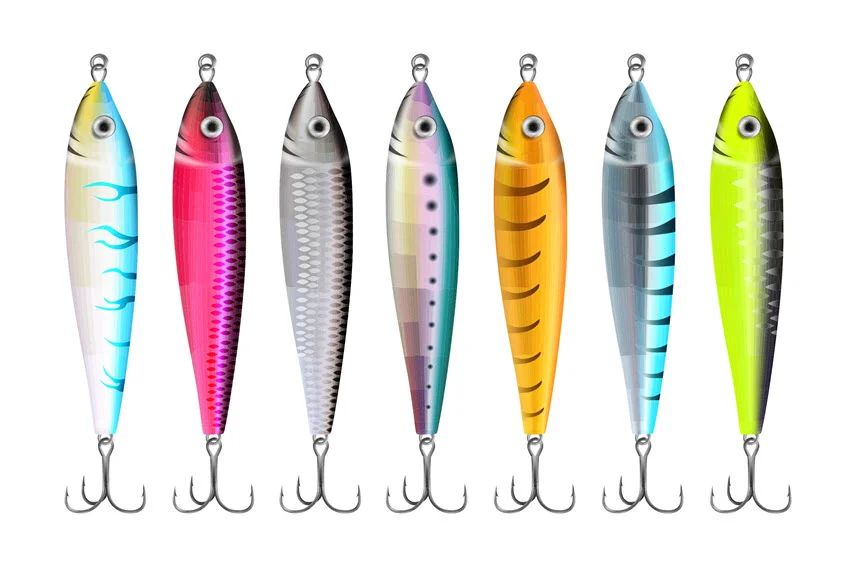
Proper gear is one of the most critical factors in Catfish fishing. Follow these recommendations to enhance your chances of a successful catch.
Choosing the right lures and colors can significantly impact your Catfish fishing success. Here's how to make effective adjustments:
When selecting lures, Catfish respond well to various types. Larger soft plastics that mimic baitfish or worms can be very effective, as their natural movement appeals to Catfish. Spinnerbaits with big, flashy blades are ideal for murky waters where visibility is reduced. Heavy jigs also work well, especially in deep water, and they should have vibrant colors and strong hooks.
Color plays a role in attracting Catfish, even though they may not have the best vision. In murky water, bright colors like chartreuse, orange, or white are more noticeable and can grab a Catfish's attention. In more transparent water, natural colors such as green, brown, or silver often work better because they blend with the surroundings and resemble the local prey.
To customize your approach, match your lures to the size and color of the local baitfish or other prey that Catfish are feeding on. Experiment with different lures and colors to find what works best, as Catfish behavior can be unpredictable. Adjusting your lures and colors according to these tips can enhance your Catfish fishing experience and improve your chances of a successful catch.
In addition to the expert tips, we have also prepared some short ones for you. They can also be essential to a successful day of fishing. Therefore, remember to read the next part below carefully.
Best Timing: The best time to fish is early morning or late evening. Catfish are most active then, and lower light levels encourage feeding.
Bait Variety: Use a variety of baits. That way, you will see what the Catfish are biting that day. Catfish preferences can change. That's why it's helpful to have multiple bait options.
Water Temperature: Pay attention to the water temperature and follow the weather forecast. Catfish are more active at certain temperatures.
Structure Search: Look for structures where Catfish are hiding. Catfish often stay close to structures, around stones and logs, from where they stalk their prey. So go to places like this.
Tackle Essentials: Your tackle box should contain the essentials. A variety of equipment can make fishing much more manageable.
Patience: When fishing for Catfish, you should be patient. Time is necessary for success. Sometimes, you will catch quickly, and sometimes, it will take you several hours. It is important not to lose hope and not to give up quickly.
Using these tips will maximize your chance of success in catfishing.
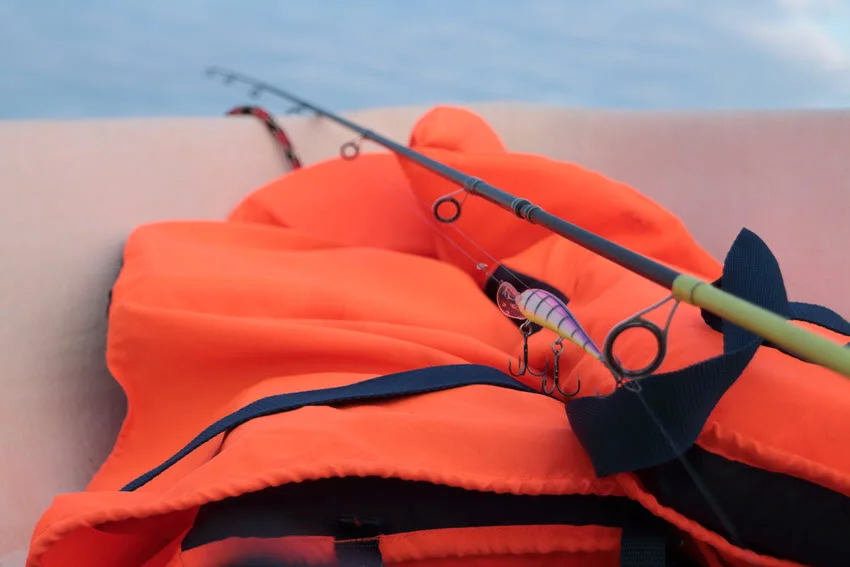
While you are enjoying fishing, you must take safety into account. Here are some essential tips to stay safe.
Weather Awareness: Always check the weather forecast. This can be extremely important. Maybe you don't mind fishing while it's raining, but it can be dangerous. Avoid fishing during thunderstorms or strong winds. Rapid weather changes can be hazardous.
Proper Gear: You must wear appropriate clothing. In addition to clothes, you need to have equipment. Use sunscreen. Be sure to use sunscreen. A hat and sunglasses can also protect you from the intense sun. Wear a life jacket. This is especially important when fishing from a boat.
First Aid Kit: Carry a basic first aid kit. Be prepared to handle minor injuries like cuts or scrapes. Learn how to use all the items in the kit before you go on a fishing adventure.
Hydration: Bring plenty of water. It is important to stay hydrated. Dehydration can be a severe issue, especially in hot weather.
Boat Safety: If fishing from a boat, ensure it is in good working condition. Carry all necessary safety equipment. Life jackets, flares, and a fire extinguisher are among the most important parts of safety equipment. Know the local boating regulations.
Handling Fish Safely: Handle fish with care to avoid injury. Catfish have sharp spines on their dorsal and pectoral fins. Use gloves and a fish gripper to handle Catfish safely. Avoid putting your hands near their mouths.
Fishing adventures are opportunities to have great moments. You definitely wouldn't want something to spoil your enjoyment. For that reason, follow these safety tips to ensure that your fishing adventures are incident-free.
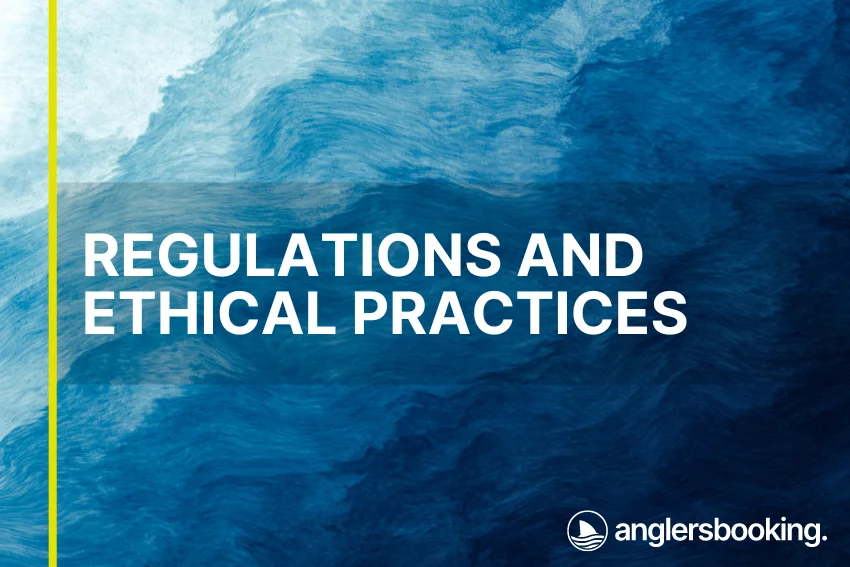
Understanding fishing regulations and ethical practices about specific fish species protects fish populations and ecosystems and promotes responsible angling practices.
Anglers Booking team
Catfishing requires you to be ethical. In the following, we introduce you to the important things related to rule-making and ethics that you need to know.
Responsible fishing means following local regulations and practicing ethical fishing methods. This ensures the sustainability of fish populations. Here is a closer look at how to fish responsibly.
A fishing license is required to catch Catfish. The rules can differ based on the state or country, but a sport fishing license is generally needed. Ensure you familiarize yourself with the local regulations and have the necessary documentation before fishing.
Catfish fishing might be restricted during specific seasons to protect the fish population, particularly during spawning. These restrictions could involve closing specific fishing areas or limiting the number of catches allowed during certain months. Always verify local regulations to ensure you are fishing within the permitted period.
Many fishing regions have set quotas limiting the number of Catfish you can catch and keep daily. These quotas are designed to help sustain fish populations. Check the daily catch limits in your area before you go fishing, and make sure to follow the rules.
Regulations often specify the minimum and maximum sizes of fish you can keep. These rules are in place to protect young fish that haven't spawned and, more prominently, older fish that contribute to genetic diversity. Adhering to these size limits is crucial for maintaining a healthy fish population.
The law is one of many things anglers have to obey. They must also observe ethical practices.
If you release the fish, do so carefully. Your hands should be wet while handling it. You don't need to touch its gills at all. Support the fish in the water until it is ready to swim.
In the previous part, we explained how to handle fish. Use wet hands to minimize damage to their protective mucus layer. Avoid touching the gills and eyes. Quickly return the fish to the water if you want to release them.
Be careful how you dispose of fishing waste. It is essential to preserve the environment and prevent injury to other animals. When fishing, use equipment that will not cause serious injury to the fish.
Anglers should be aware of their activities' environmental impact. Avoid dumping waste into water, and be mindful of your impact on natural habitats, such as nesting sites, spawning areas, and sensitive ecological zones.
Regulations can change often. To stay informed about current fishing rules, check local fishing regulations and updates.
Always remember that you are not the only fisher. There is always someone else. Give other anglers space and respect their fishing grounds.
Catfishing is an exciting activity. Understanding Catfish behavior and choosing the right bait is key to success. Remember to follow local regulations. By practicing ethical fishing, you ensure the sustainability of fish populations. Tips and strategies from our guides will improve your fishing experience.
And what is your favorite bait for Catfish fishing? Which one did you have the most minor success with, and which one did you have the most success with? Share your precious experience with us in the comments!

The expert copywriters at Anglers Booking have meticulously crafted this article. Our dedicated team of writers provides valuable insights and information to enhance your angling experience.
Embark on unforgettable fishing adventures with us at Anglers Booking.
book your charterOctober 17, 2025
October 15, 2025
October 10, 2025
October 11, 2025
October 4, 2025
September 29, 2025
September 25, 2025
September 21, 2025

You're now part of our exclusive community. Get ready for premium content and updates straight to your inbox.
close
Subscribe to our newsletter and receive a selection of cool articles every week.
Please enter a valid email address.

Be the first to know when we're back in action.
Please enter a valid email address.
Leave a Comment
Your email address will not be published. Required fields are marked *
Thank you for your comment! It has been submitted for review and will appear on the site shortly.